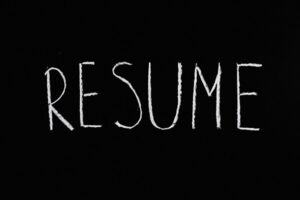

The job-seeking process can be daunting, but building a strong online professional presence is crucial. One platform that stands out for this purpose is LinkedIn. With over 700 million users spanning various industries and sectors, LinkedIn offers a unique opportunity to connect, network, and showcase your skills to a global audience. In this blog, we’ll explore how to effectively navigate and leverage the power of LinkedIn to boost your professional success.
Your LinkedIn profile serves as a professional representation of your skills, experiences, and accomplishments. Here’s a comprehensive guide on what you should include in your LinkedIn profile, most of which we can cover for you in our ‘LinkedIn Write Up’ Service:
Your headline should ideally reflect your current position. It’s a great way to quickly communicate your professional identity and make a positive first impression on those who visit your profile.
This differs from your professional profile in a resume as this will be more personal and engaging. Use first person when writing for LinkedIn.
This should also be first person and focus more on your individual contribution, rather than day-to-day responsibilities and duties within the role.
This is done by utilising the drop-down menus, but also provides a chance to give a description of your studies.
This is the same as the ‘professional skills’ section in your resume.
This can be anything outside work, or could also be ‘key achievements’ specifically related to each employment write up.
Remember, your LinkedIn profile should be a dynamic representation of your professional journey. Regularly update it with new accomplishments, experiences, and skills to showcase your growth and expertise in your field.



Melbourne Resume Professionals, Suite 295, 189 Queen Street, Melbourne, VIC, 3000
Call us: 1300 174 435
Email us: [email protected]